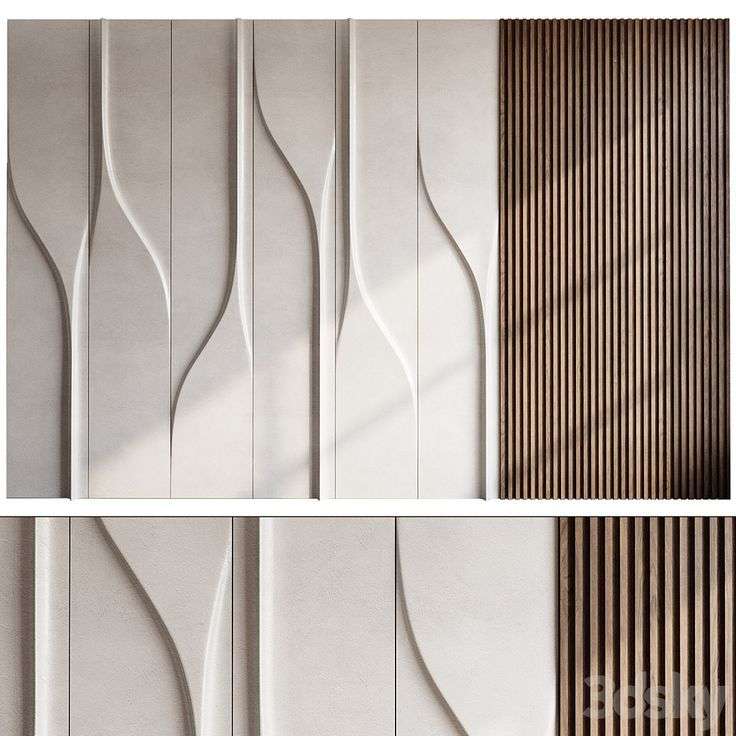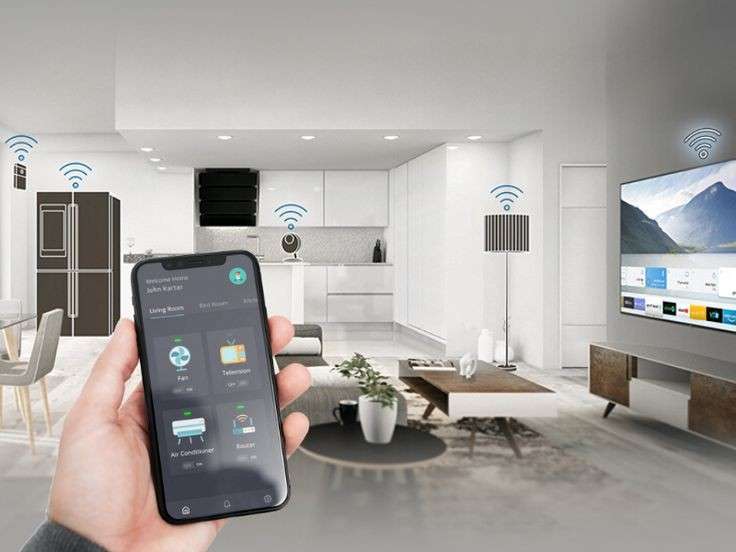As the modern world becomes increasingly urbanized, people are yearning to reconnect with nature. The solution? Biophilic design – a growing trend that integrates natural elements into the built environment. By blending nature with interior spaces, biophilic design promotes well-being, reduces stress, and enhances productivity. If you’re an interior design enthusiast looking to create a harmonious, nature-inspired space, biophilic design is for you.
At Scale & Structure, we specialize in creating interiors that foster well-being by bringing the outdoors in. In this blog, we’ll explore the principles of biophilic design and how you can incorporate nature into your home or office space.

What is Biophilic Design?
Biophilic design is an approach to architecture and interior design that seeks to connect people with nature by incorporating natural elements into the built environment. This design philosophy draws inspiration from natural patterns, forms, and materials, aiming to create spaces that improve mental health, boost productivity, and enhance the overall living experience.
Research has shown that exposure to nature, whether real or simulated, can lower stress levels, improve mood, and increase cognitive function. Biophilic design goes beyond aesthetics—it’s a way to make your living or working space more nurturing and supportive.
Key Elements of Biophilic Design
Biophilic design isn’t just about adding plants to your space (though that’s certainly a big part of it!). There are several key elements that can be integrated into your home or office to create a more natural, soothing environment:
1. Natural Light
Maximizing the use of natural light is one of the most important aspects of biophilic design. Natural light is linked to improved mood, productivity, and overall health. To bring more sunlight into your space, consider:
- Large windows that allow sunlight to pour in
- Skylights for rooms that might not have many exterior walls
- Sheer curtains or blinds that allow light to filter through without compromising privacy
2. Indoor Plants and Greenery
Plants are the most obvious way to bring nature indoors. Incorporating indoor plants not only boosts your space’s aesthetic but also improves indoor air quality and overall well-being. Choose plants based on your space’s light conditions and size. Some popular options include:
- Snake plants for low light areas
- Ficus trees for a bold statement piece
- Succulents for smaller spaces or tabletops
- Hanging planters to save floor space
3. Natural Materials
Using natural materials like wood, stone, bamboo, and wool can create a connection to the outdoors. Incorporate these materials in furniture, flooring, walls, and even décor. For example:
- Wooden furniture and accents create warmth and texture
- Stone countertops or backsplashes bring a natural, earthy feel to kitchens and bathrooms
- Bamboo blinds, floors, or furnishings offer sustainability and beauty
4. Water Features
Water has a calming and tranquil effect on the mind, making it a perfect addition to biophilic design. Whether it’s a small indoor fountain, a water wall, or even aquatic plants, the sound and sight of water help create a peaceful atmosphere. For example:
- Indoor water features like fountains or ponds can be placed in living rooms or entryways
- Aquariums or fish tanks can add both movement and a touch of nature
5. Views of Nature
One of the simplest ways to incorporate biophilic design is by ensuring that your home or office has views of the outdoors. This could mean:
- Positioning your desk or seating near windows that overlook a garden, park, or natural landscape
- Balconies or terraces with plants or greenery can also provide a peaceful retreat
If direct views of nature are not possible, adding artwork or murals depicting natural landscapes can be a good alternative.
6. Natural Patterns and Textures
Nature is full of inspiring patterns and textures, and biophilic design often incorporates these elements into interiors. Think of:
- Geometric patterns that resemble leaves, flowers, or trees
- Wood grain textures or stone patterns used in furniture or wall coverings
- Textiles with organic designs or natural fibers such as linen or cotton
7. Air Quality and Ventilation
Biophilic design emphasizes good air quality, and this can be achieved by ensuring your space is properly ventilated. Air-purifying plants like aloe vera or peace lilies, and ensuring regular airflow, can help improve the atmosphere of a room. Additionally, using natural ventilation systems can reduce reliance on air conditioning and improve the indoor climate.
Benefits of Biophilic Design
Incorporating biophilic design principles into your home or workspace comes with several benefits:
- Improved Mental Health: Being surrounded by nature reduces stress and anxiety, helping you feel more relaxed and at ease.
- Increased Productivity: Studies have shown that biophilic environments can enhance creativity and productivity, making it perfect for home offices or creative spaces.
- Better Indoor Air Quality: By adding plants and ensuring proper ventilation, biophilic design helps improve the air quality in your home or office.
- Enhanced Well-being: Exposure to natural elements promotes physical and mental well-being, creating spaces where people feel happier and healthier.
How to Integrate Biophilic Design into Your Home
If you want to bring nature indoors and create a biophilic-inspired space, here are a few tips:
- Start with a Nature-Inspired Color Palette: Soft greens, blues, and earthy tones reflect the natural world and create a serene atmosphere.
- Invest in Quality Lighting: Make sure your space allows for plenty of natural light, and consider adding light fixtures that mimic natural elements.
- Add Living Greenery: Whether it’s a large statement plant or a small succulent collection, plants will immediately bring life and energy to any room.
- Use Natural Textures and Materials: Choose sustainable, natural materials for furniture, flooring, and accessories that reflect the beauty of the outdoors.
- Incorporate Water Features: Even a small tabletop fountain can help you create a tranquil, nature-inspired ambiance.
Biophilic Design for Your Home: Partner with Scale & Structure
At Scale & Structure, we understand the importance of creating spaces that nourish your mind, body, and soul. Our expert team specializes in biophilic design, helping you bring the beauty of nature into your home. Whether you’re looking to create a tranquil living room or a vibrant, nature-inspired office, we offer personalized design solutions that reflect your style while promoting well-being.
Why Choose Scale & Structure for Your Biophilic Design Needs?
- Expert Designers: Our team has extensive experience in biophilic design, using natural elements and sustainable materials to create spaces that enhance both aesthetics and well-being.
- Tailored Approach: We listen to your needs and create a design plan that brings nature into your space in a way that works for you.
- Sustainable Solutions: We prioritize sustainable practices in every project, ensuring that your home not only looks beautiful but is also environmentally friendly.
Ready to bring nature indoors? Contact us today to start designing your biophilic-inspired home or office!



